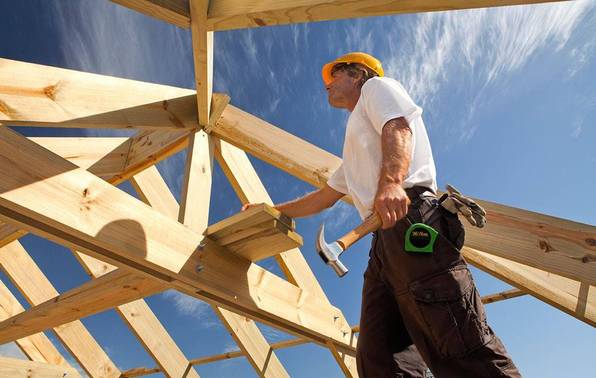
Bath and shower maintenance
Wet areas need to be properly maintained to prevent more serious problems ensuing.
Damaged/cracked sealing around fixtures
If left unchecked, this can cause serious water damage to walls, floors and cabinetry.
The damage may not be obvious until it has become serious. If water has got in behind the fixture, seek professional advice. Otherwise, replace the damaged seal.
Damaged/scratched wall or shower linings
This can cause leaks, reduce the life of the linings and lead to water getting into the pre-finished hardboard sheets or framing.
Damaged shower wall linings should be repaired as soon as possible. Significant damage may require replacement of the whole lining. The type of repair will depend on the wall material.
Light scratches on acrylic shower wall panels can be repaired. Some manufacturers provide repair kits for their products. If a repair kit is not available, check with the manufacturer for other solutions.
Small scratches on acrylic can be repaired by sanding with fine wet and dry sandpaper, then bringing the shine back with a mild abrasive such as Brasso. Check with the manufacturer and test on a small less visible area first.
Worn or cracked bath, toilet and basin surfaces
These problems can reduce the life of the fixture and could lead to leaks.
Repairs depend on the type of surface. Porcelain on steel can be sanded, cleaned and repainted. Major resurfacing can be done by a specialist re-coater.
For acrylic baths, car polish will smooth minor scratches. For fibreglass fixtures, contact the manufacturer.
Bath enamel can be repaired temporarily with clear nail polish. For more permanent repairs you should use an epoxy resin kit. These are available from hardware shops or plumbing manufacturers.
Cracked or broken porcelain basins and toilets should be replaced as leaking and dirt caught in the cracks could be a potential health hazard.
Rust spots on enamel baths
Rust can look unsightly. Rust spots can be removed with rust converter, which converts rust to a hard black paintable surface. Remove loose flakes first. The surface can then be repainted with suitable enamel paint.
If rusting is extensive, the bath can be resurfaced by a professional. This can be done either on-site (which can be messy and cause damage to wall linings, and may not be as effective at removing all the enamel) or the bath can be taken away. Look for “Bath Resurfacers” in the Yellow Pages.
Specialised equipment or aids for daily living
If you use specialised equipment in the bathroom, such as hoists or shower chairs, these should be regularly checked to ensure they are safe.
If the equipment was funded through ACC or Enable, they are responsible for maintaining and repairing it. Otherwise refer to the manufacturer’s instructions on maintenance.

Building articles
Whether you're planning to build your own home or renovate an existing one, we've got you covered with a wide range of articles covering the whole process.

Renovating articles
Renovating and altering houses is a favourite pastime for many New Zealanders. Our articles take a look at what's involved when you undertake a renovation project.

Home maintenance
Regular maintenance is needed to ensure your house holds its value and remains safe and comfortable to live in.
Member comments
Get access to comment